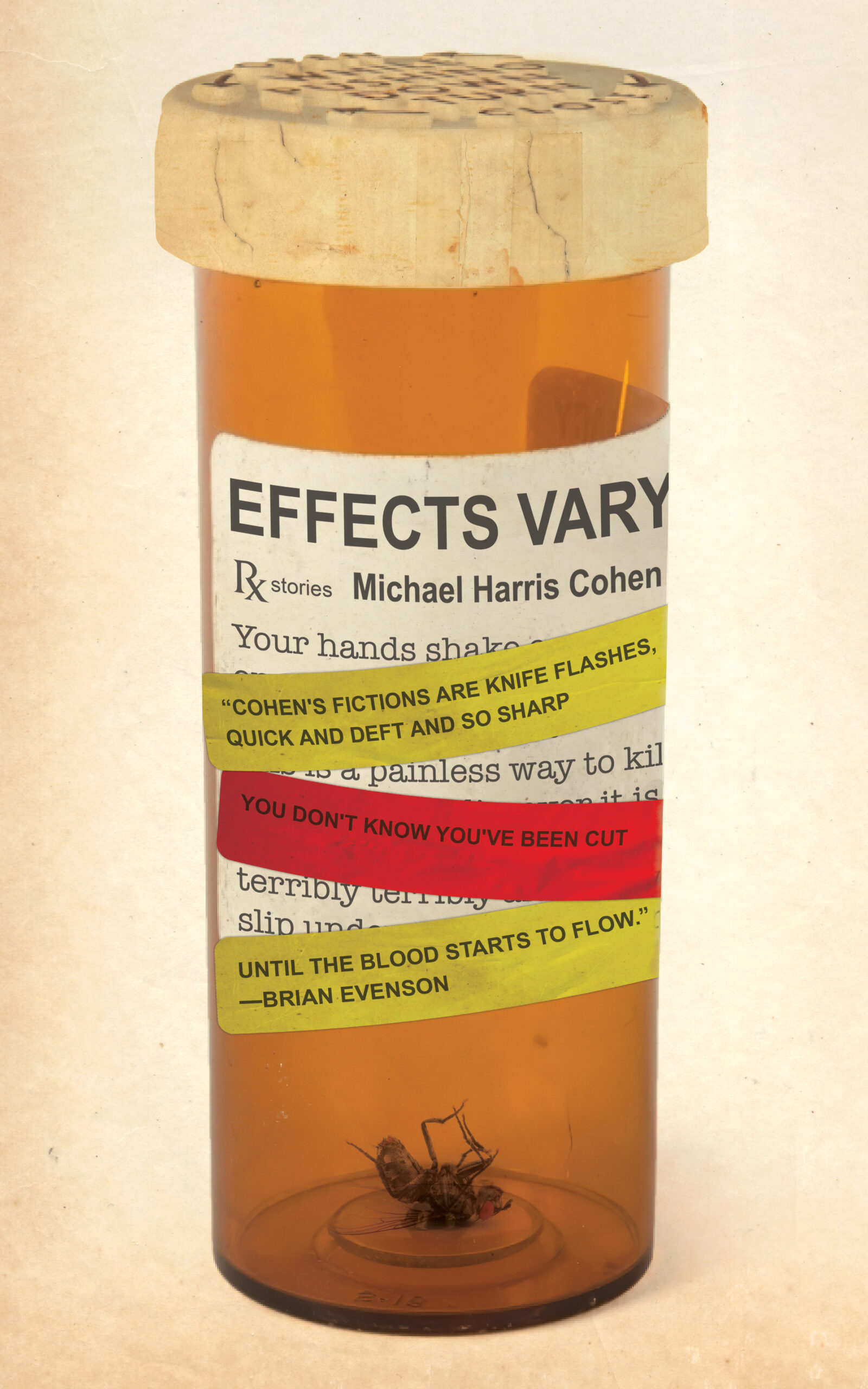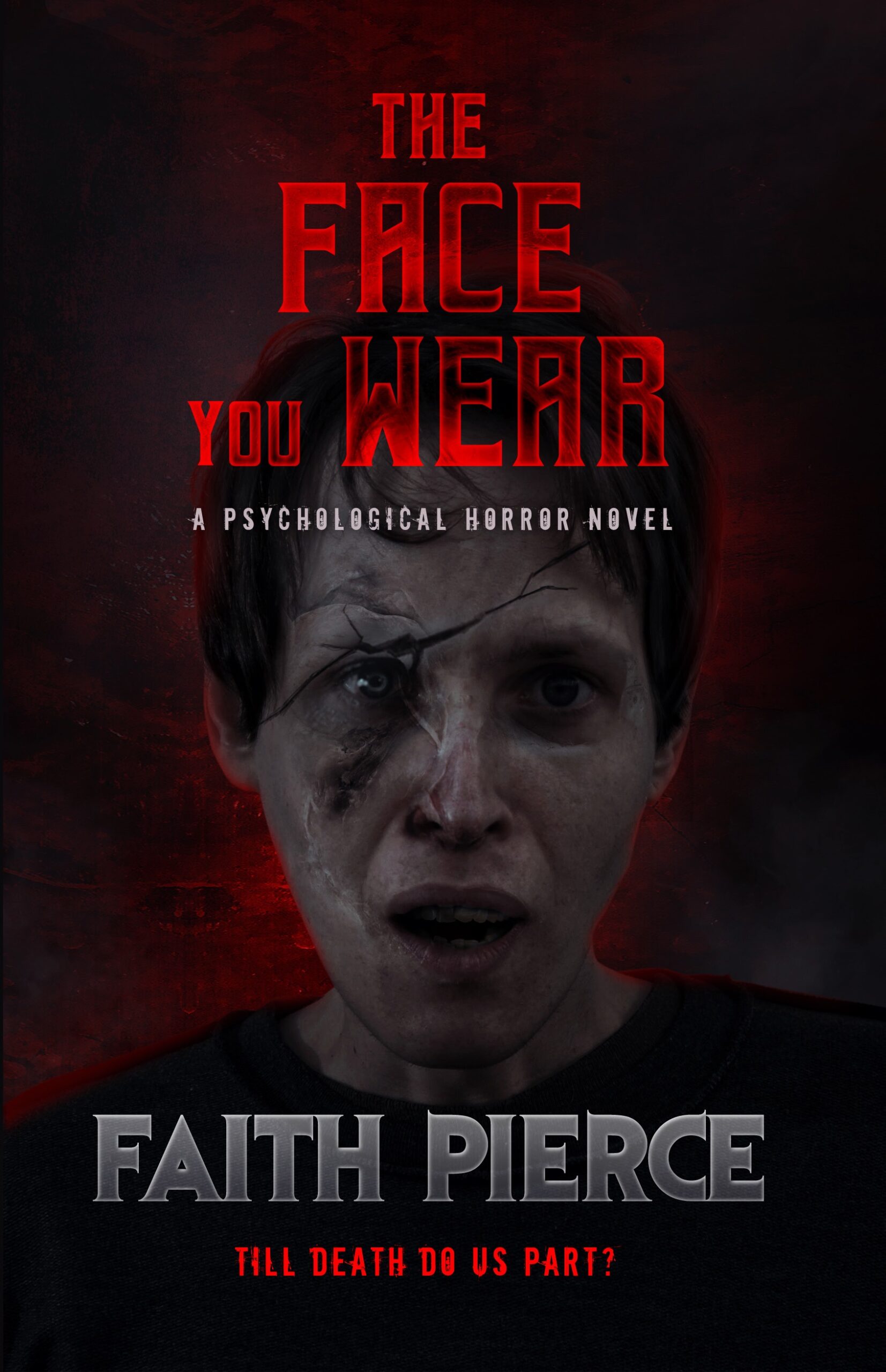This week on The Scariest Part, my guest is author Michael Harris Cohen, whose debut collection is Effects Vary. Here is the publisher’s description:
Effects Vary features 22 stories of dark fiction and literary horror that explore the shadow side of love, loss, and family. From an aging TV star’s murderous plan to rekindle her glory days, to a father who returns from war forever changed, from human lab rats who die again and again, to a farmer who obeys the dreadful commands of the sky, these stories blur the thin line between reality and the darkest reaches of the imagination.
These stories have been previously published in places ranging from The Dark to Conjunctions to various anthologies. Four of the stories have won awards, including one for a contest judged by Mercedes M. Yardley. Two of the stories are new to this collection.
And now, let’s hear what the scariest part was for Michael Harris Cohen:
About a dozen years ago, I discovered I was claustrophobic.
Crammed in a tent with my wife and daughter by the Black Sea, I woke up to find our thick air mattress leaking and my face pushed into the nylon wall of the tent. I felt I was suffocating; my heart turned all drum and bass. I scrambled out of the tent and gasped in the night air. Collecting myself, I tried to crawl back in and return to sleep (I’d grown up in a family that camped and tented all the time) but it was impossible. The tent walls closed in on me and, for the rest of the trip, I had to sleep outside in the sand.
Since then, I’ve had a few other dreadful moments of claustrophobia — a low-ceilinged loft bed in NYC, or a too crowded car ride. It’s not a crippling phobia. I have no problem in elevators, for example. But those rare moments when it hits strike deep. Phobias are unlike regular fears. They spike the reptile brain, a jolt of primal terror that transcends logic and equanimity.
Even just the idea of being trapped in a tiny space can do it. Like the end of Sluizer’s The Vanishing (the original, not his terrible Hollywood remake) guts me. Just as the end of Brian Evenson’s “Grottor” does.
In Effects Vary, there are two stories that tapped into this primal fear and scared me most when writing them.
In “The Wishing Box” I imagined what it would feel like to be trapped in an abandoned ice cream freezer, one the MC barely fits into. The small space and lack of air was bad enough to envision, but to top it off I realized my MC would see the sky, the air, as he struggles for his final breaths. It was an awful scene to write which, I hope, makes it effective.
The other story, “He Dies Where I Die,” was written for a cosmic horror anthology about terrors under the earth. I’d read an article about the Zama Zamas (illegal gold miners in South Africa) and that, coupled with my claustrophobia, became the story’s tent poles (no escaping those damn tents, I guess). The MC, following a man who may or may not be human, journeys ever deeper into an abandoned mine, with the tunnel walls closing in tighter and tighter.
The anthology rejected the story, but Sean Wallace and Sylvia Moreno-Garcia at The Dark liked it, though they had reservations. Moreno-Garcia’s note was that it needed a trim because, “Claustrophobia becomes boredom at some point.” I guess I’d leaned too hard into my phobia, obsessing over those humid, narrow tunnels and the thinning air. I cut a thousand words, they accepted it, and it was my first original story with them. Later, Pseudopod accepted it for their podcast and Phil Lunt did a superb job voicing it. That story was scary to write and, even for me, is scary to listen to.
To misquote Robert Frost, no fears in the writer, no fears in the reader.
If you can scare yourself, you’ll hopefully scare your readers. I’m not talking jump scares. I’m talking those moments in a story where your grammar of being goes flimsy, leaving you unmoored and wholly vulnerable. I try and hit that when I’m writing dark fiction or horror. Tapping into my latent phobia did it for those two stories. Different fears drove the other stories in this collection.
Finally, I realized with these stories, along with most of my writing, I do not want to be a MC in one of my tales. Perhaps if there’s a hell writers are dragged to, it’s this: Having to spend eternity in a nightmare of one’s own creation.
I certainly hope not.
Effects Vary: Amazon
Michael Harris Cohen: Website / Facebook / Twitter
Michael Harris Cohen has published stories in Conjunctions, The Dark Magazine, Pseudopod, Apparition Lit. and numerous anthologies. He’s a recipient of the New Century Writer’s Scholarship from Zoetrope: All-Story, a Fulbright grant for literary translation, and fellowships from the OMI International Arts Center for Writers, Atlantic Center for the Arts, The Djerassi Foundation, The Jentel Artist’s Residency, the Künstlerdorf Schöppingen Foundation, and Hawthornden Castle (forthcoming). He’s won F(r)iction‘s short story contest, judged by Mercedes M. Yardley, The Modern Grimmoire Literary Prize, as well as Mixer Publishing’s Sex, Violence and Satire prize, judged by Stephen Graham Jones. He lives with his wife and daughters in Sofia, Bulgaria and teaches creative writing and literature at the American University in Bulgaria.





